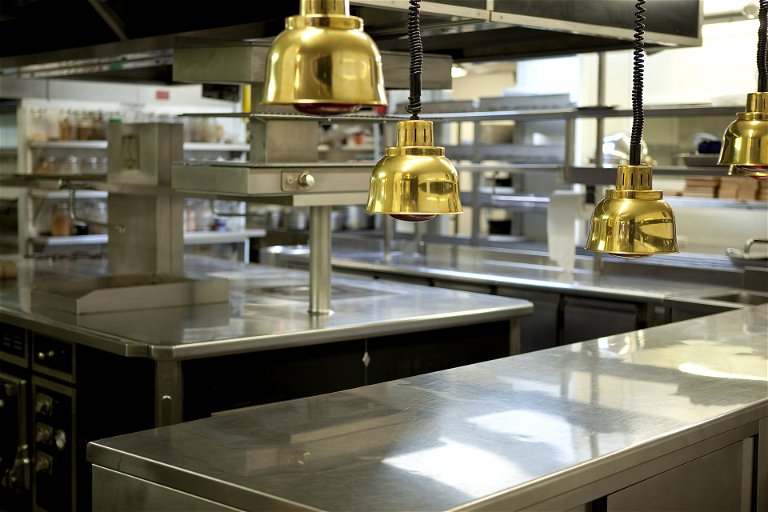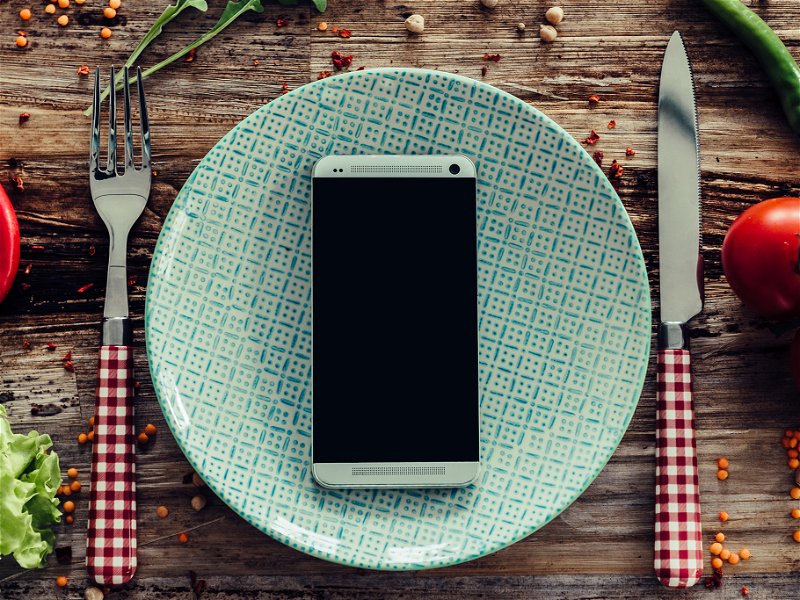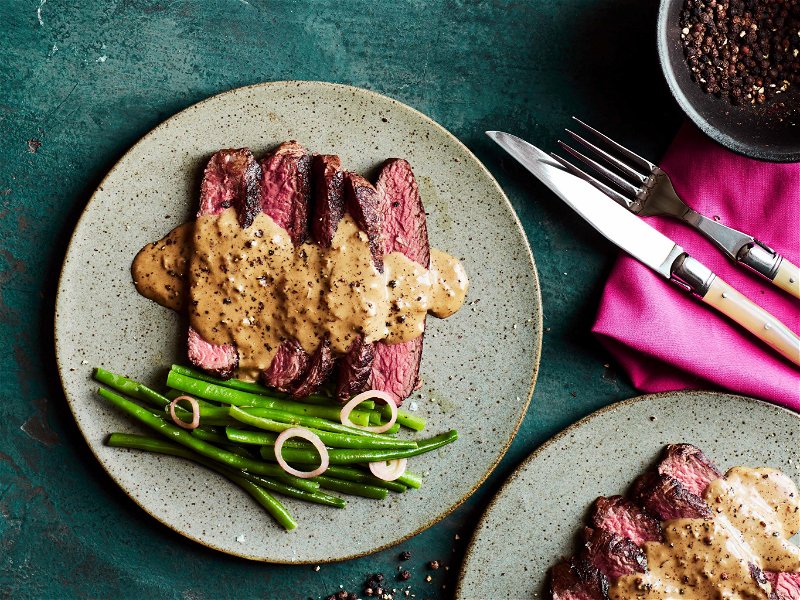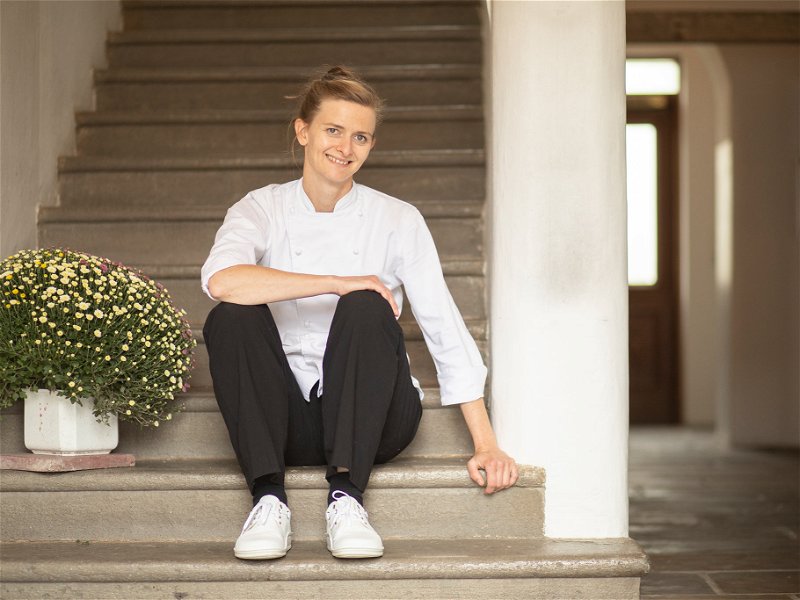Why the food industry hasn’t been spooked by the rise of the ghost kitchen
At venues far from the city centre restaurant, a food service that’s taking full advantage of the app phenomenon.
While the term ‘ghost kitchen’ has become commonplace in the food industry over the last few years, their history dates back to the 1990s when a number of restaurants first started outsourcing their delivery services to third-parties.
The idea for the restaurants involved was to allow the business to focus on their prime concern which was their table service, while still operating a delivery model which was handled elsewhere.
More recently, the global pandemic saw restaurants forced to switch their energies into a delivery/takeaway model, the move essential to allow many to stay afloat, as businesses investigated different ways to cut costs and boost revenues.
The massive growth in delivery apps like Just East and Deliveroo has seen a surge in the ghost, cloud, or virtual kitchen market, businesses popping up in locations like out-of-town industrial estates, venues where rental costs are a lot lower that in prime city centre spots. There is an added incentive for the business owners – as well as those entrepreneurs looking to invest – with the ease in which premises can be shared to allow multiple businesses to operate from the same space, leading to reduced costs and increased efficiency.
The ghost kitchen – what exactly is it?
The ghost kitchen functions much like a traditional restaurant kitchen, only without the attached restaurant service area, i.e., no tables, chairs or waiting staff. Operating a delivery service only, food is prepared immediately after an order is placed, ahead of the arrival of the delivery ‘vehicle’ (some offer customers a pick-up option, even drive-through).
The difference is that there can typically be several food businesses operating from the one unit, each with their own kitchen section to prepare food for orders; no service means staffing numbers are reduced, and one kitchen manager can serve a number of businesses, charged with the role of ensuring the order goes to the correct kitchen, and the completed order is correct and is picked up by the delivery driver.
What is the cost?
A recent article at startupmag.co.uk outlined the financial outlay required to set up a ghost kitchen, with one example, a business outlet in a south east London suburb suitable for the purpose, requiring around a £50,000 investment. On top of an initial premium charge of £30,000, plus rental of £1,000 per month, it was estimated that a basic cooking set up (able to prepare burgers and fries) would require an eight-burner cooktop (£3,000), plate griddle (£2,500), chargrill with stand (£3,000) and basic contact grill (£1,000). Food storage and preparation would require an upright fridge (£1,200), sinks (£600) and prep station (£600). The estimate for monthly bills would be around £1000 per month, with the premium cost and monthly rental charges dependent on the location of your kitchen.

Business advantages
Costs are immediately reduced by the lower staffing levels needed to run just the kitchen, cutting out the personnel needed for service. Premises are typically out of town and can be shared with other kitchens offering different cuisine; no need to pay high commercial property rentals in city or town centre locations and lower costs for the business should, in principle, lead to lower costs for customers.
The big names are getting on board with the likes of Burger King and Five Guys opening ghost kitchens for delivery in recent years, but it’s not just a cost-cutting venture. The business concept can also add to the entrepreneurial spirit of chefs, who can try out new recipes and ideas while minimising the risk. Concepts that fail to wow the customer can be dropped, the kitchen able to easily introduce new menu items and try out different styles of cooking.
For customers, ordering is easy on the appropriate app and they are able to keep up to date on progress of their order, with updates on the ‘order details’ page.
Menu and customer issues
A typical restaurant menu may have to be refined if the integrity of any dishes would be harmed by a delay in delivery, e.g., a freshly prepared ‘rare’ steak is unlikely to benefit from sitting for an extended period in a vehicle, and anything that requires the yolk of a perfectly fried egg to finish it off is probably best enjoyed in a restaurant.
For a ghost kitchen, there is also likely to be an over-reliance on online reviews to promote your business, with a need to pay for visibility on certain sites; reviews are also vital to the success of the business so it is essential that the quality of the product is routinely high to maintain positive customer feedback.

Future of the business model
According to a 2022 study by SPER market research, Cloud Kitchen Market, it is predicted that the market for food created in such establishments should reach around $170billion worldwide by 2030, with a compound annual growth rate of 12.6 per cent. The business model has a moderately higher profit margin that dine-in restaurants, and a growing number of entrepreneurs and restaurateurs are expected to move into the ghost kitchen market in years to come.
Currently, the likes of Karma Kitchen, founded by London sisters Eccie and Gini Newton, and FoodStars UK, offer businesses the chance to rent out ready-made ghost kitchens in UK locations, or alternatively create ready-to-use private kitchens in commercial locations.
The growing demand for food delivery, boosted by the global pandemic, caused a boon in the growth of the ghost kitchen market, a trend that at present shows little signs of slowing.













